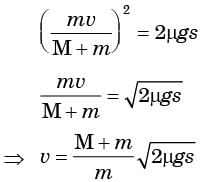GATE Past Year Questions: Impulse & Momentum | Engineering Mechanics - Civil Engineering (CE) PDF Download
Q1: A ram in the form of a rectangular body of size I = 9 m and b = 2 m is suspended by two parallel ropes of lengths 7 m. Assume the center-of-mass of the body is at its geometric center and g = 9.81 m/s2. For striking the object P with a horizontal velocity of 5 m/s. What is the angle θ with the vertical from which the ram should be released from rest? [GATE ME 2024]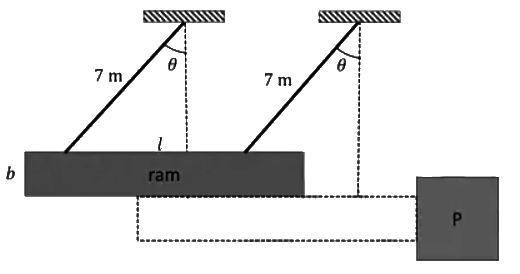 (a) 67.1º
(a) 67.1º
(b) 40.2º
(c) 35.1º
(d) 79.5º
Ans: (c)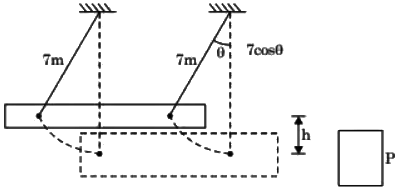
h = 7 − 7cosθ = 7(1 − cosθ)
Principle of Conservation of Energy
hhgh = 1/2 ph V2
g × 7(1 − cosθ) = 1/2 x (5)2 = 12.5
1 − cosθ = 12.5/(9.81 x 7) = 0.182
cosθ = 0.817
θ = 35.1º
Q1: A spherical ball weighing 2 kg is dropped from a height of 4.9 m onto an immovable rigid block as shown in the figure. If the collision is perfectly elastic, what is the momentum vector of the ball (in kg m/s) just after impact?
Take the acceleration due to gravity to be g = 9.8m/s2. Options have been rounded off to one decimal place. [GATE ME 2023]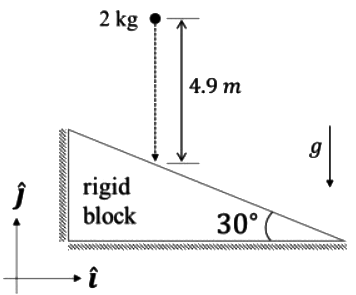 (a)
(a) 
(b) 
(c) 
(d) 
Ans: (c)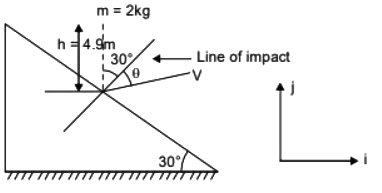 Let 'θ' be the angle about line of impact through which ball will move often the impact.
Let 'θ' be the angle about line of impact through which ball will move often the impact.
Let 'u' be the vertical downward velocity of the ball before striking and 'v' be the velocity of ball after the impact which make an angle 'θ' with the line of impact. As ball fall freely under the gravity from height h = 4.9m, hence downward velocity 'uu' at the instance of striking the rigid body
or, u = 9.8 m/sec
for perfectly elastic collision, e = 1
As block is rigid, so block velocity = 0.
So, along the line of impact,
relative velocity of approach = u cos 30º − 0 = u cos 30º
relative velocity of separation along the line of impact = v cos θ − 0 = v cos θ
so, by equation (i)
u cos 30º = v cos θ ...(ii)
In the direction normal to the impact, the component velocity is not affected so,
u sin 30º = v sin θ ...(iii)
So, by equation (ii) and (iii)
or, V = 9.8 m/sec
by equation (ii) and (iii)
tanθ = tan30º, θ = 30º
So, inclination to the plane for of the section = 90º − 30º = 60º
So, momentum equation is given by during seperation: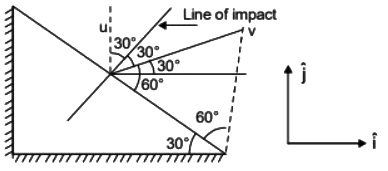

[2017]
[2014,Set-3]
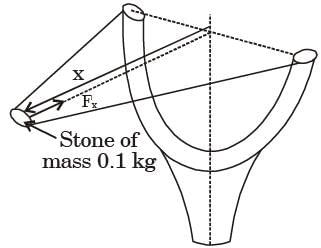
[2011]
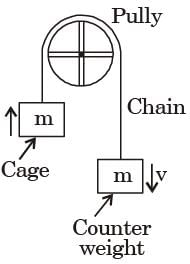
[2005]
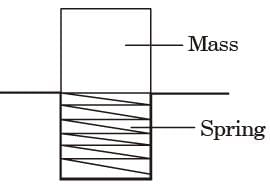
[2004]
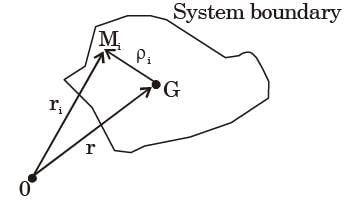

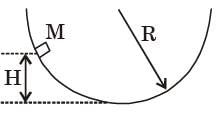
[2016,Set-1]
[2014,Set-3]
[2013]
[2007]
[2019,Set-2]
[2011]

Assuming m to be the coefficient of kinetic friction between the block and the floor and g the acceleration due to gravity. What is the velocity V of the bullet?

[2003]
[1996]
|
24 videos|69 docs|53 tests
|
FAQs on GATE Past Year Questions: Impulse & Momentum - Engineering Mechanics - Civil Engineering (CE)
| 1. What is the principle of impulse and momentum in physics? |  |
| 2. How do impulse and momentum relate to collisions? |  |
| 3. How do I calculate impulse in a given problem? |  |
| 4. How is the concept of impulse and momentum applied in GATE exams? |  |
| 5. What are some common mistakes to avoid when solving impulse and momentum problems? |  |


 = 2t sin t + t2 cos t
= 2t sin t + t2 cos t

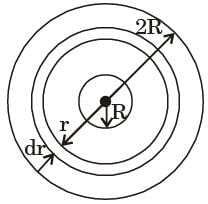
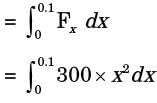

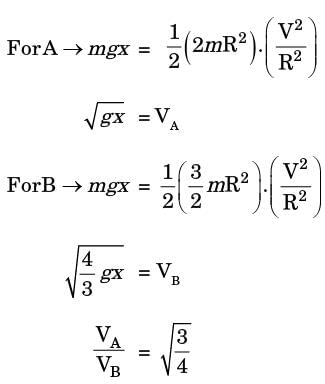
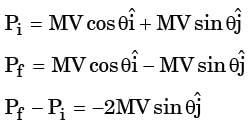


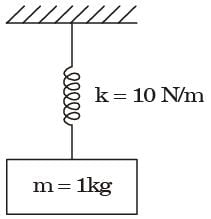

 = 1/2kx2
= 1/2kx2



 = 36 ...(iii)
= 36 ...(iii)

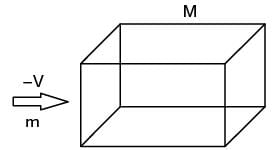
 = -μg
= -μg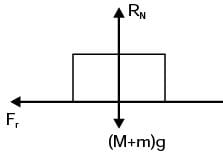
 = u2 + 2as
= u2 + 2as